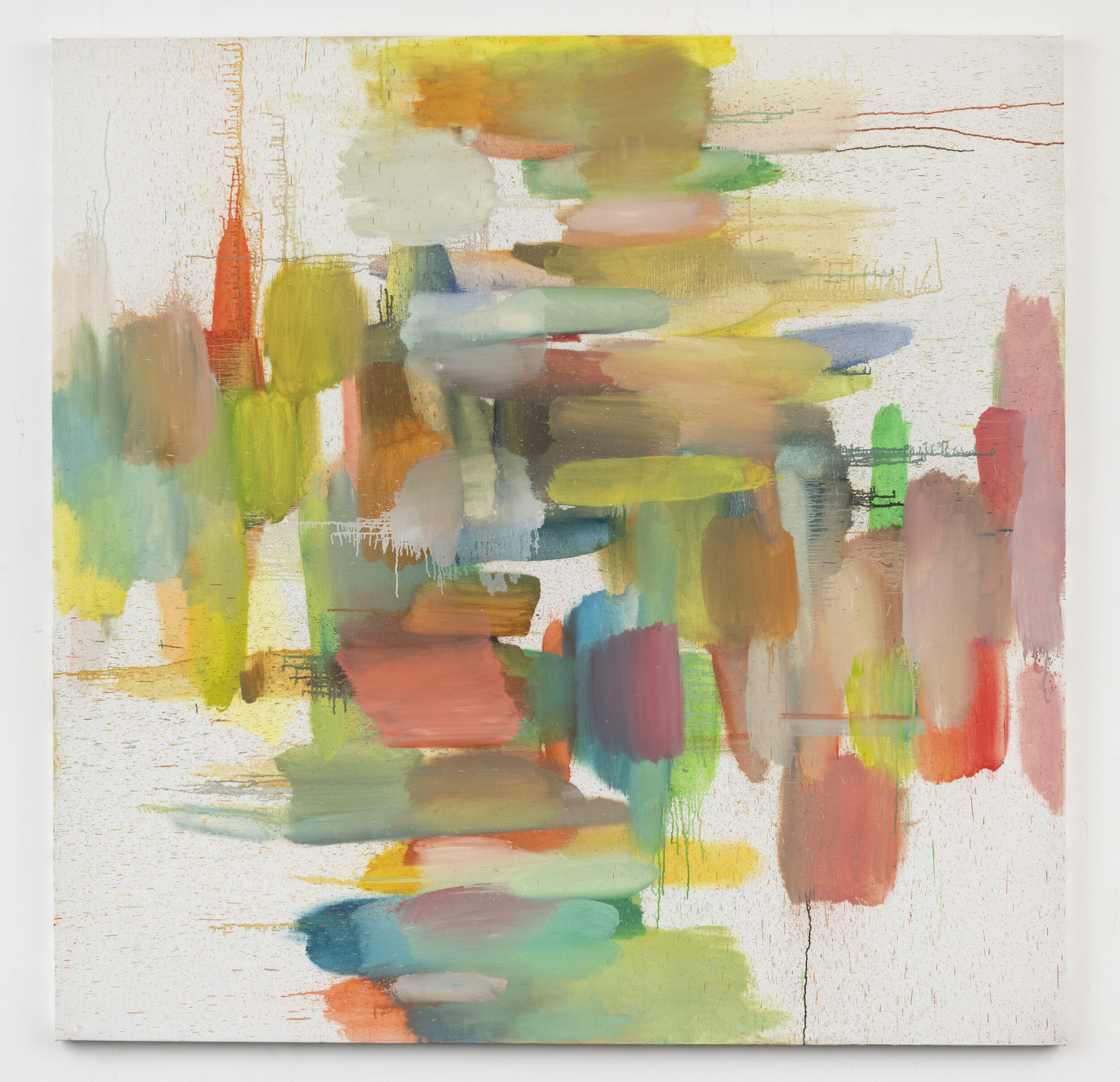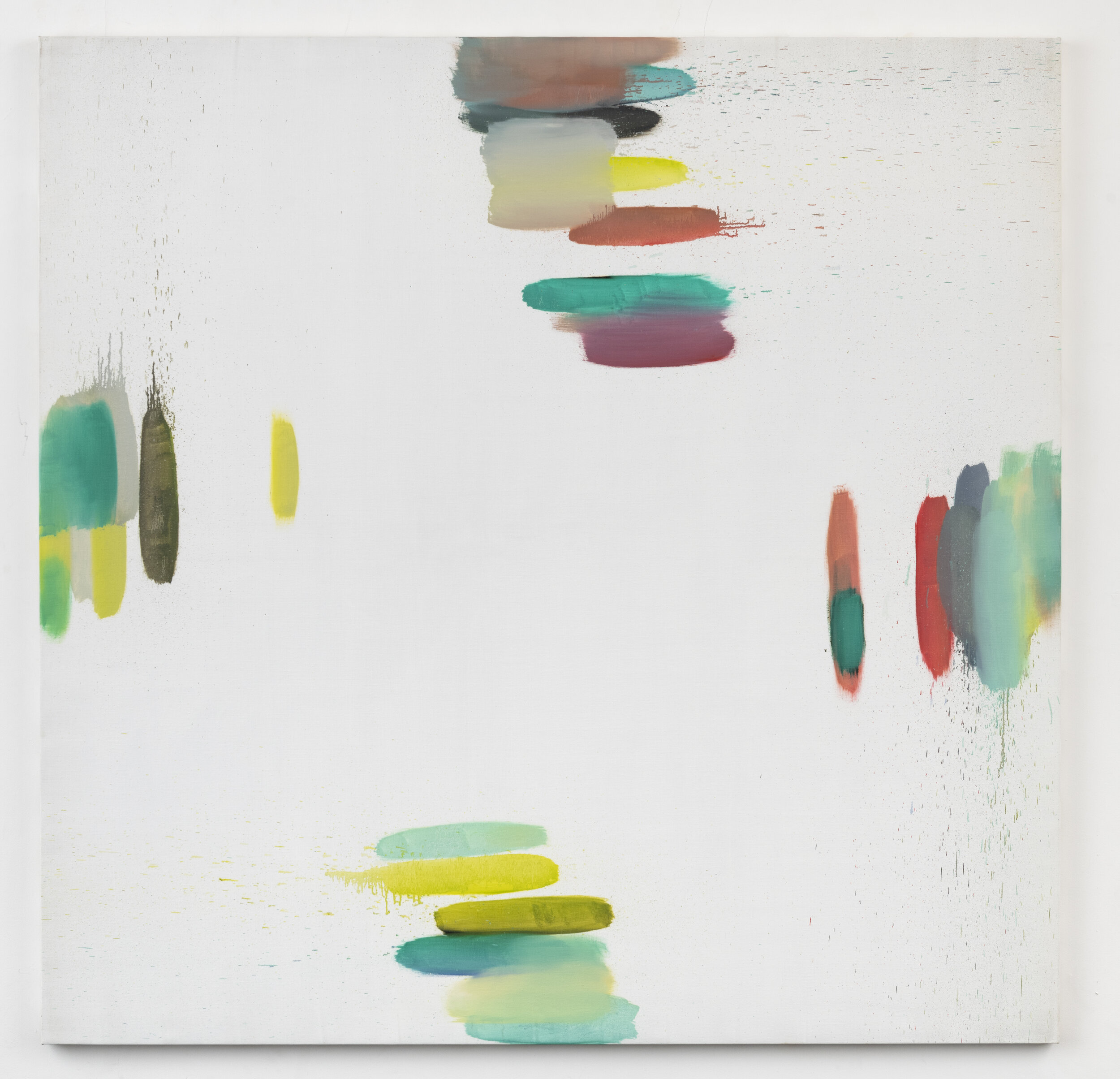



























NEW YORK
Alix Le Méléder
Works 1998-1999
June 15 - September 1, 2021
Click here to read Gwenaël Kerlidou’s review on Hyperallergic.
“Paint so as not to disappear”
Zürcher Gallery is thrilled to present the first solo-exhibition in New York of Alix Le Méléder (born 1956 in Boulogne sur Seine (France). Alix graduated from the Ecole des Beaux-Arts of Paris (from the Sculpture department where she studied with the sculptor Cesar Baldaccini). After graduating, she resumed painting in 1985 and moved to La Villette into a warehouse which burned down in 1990. She lost all her work. When she emerged from this big trauma, her work developed in an impressive way. The City of Paris then gave her a large studio she occupied until she stopped painting in 2011. In the early 90’s she met Shirley Jaffe who introduced her to Jean Fournier gallery, the gallery of Joan Mitchell, Sam Francis and Kimber Smith in Paris. Alix showed there until 2004 before joining Galerie Zürcher Paris/New York who now represents her work.
Alix Le Méléder has never claimed to belong to any abstraction movement or to descend from one group, not even Supports/Surfaces. She occasionally found herself in contact with some members of Supports/Surfaces when she was showing at Jean Fournier Gallery but she never felt the need to belong to any group. She’s always been fiercely independent and extremely singular in her thinking and practice.
In this first presentation of Alix’s work in New York, I chose to show her works from the late 90’s, more precisely 1998-1999 which depart from her early neo-expressionist gestural paintings reminiscent of Willem de Kooning or Per Kirkeby.
I quote Alix: “I looked to free myself from any forms of expression and wanted painting to start again from color, to reveal things.” In 1994 Alix decided to work exclusively on square formats. “I never relied on the visual but on perception. I felt the need to blow out the space even more. This is the reason why I decided to use the square format. In order to avoid an horizontal confrontation with the painting, I chose to rotate it.”
Alix does not paint on the ground but vertically. In 1995, the white background started peeking through the saturated palette. Paint became thinner, lighter and warmer but the oblique brush strokes still indicated some form of expressionism. In 1997 they give away to a more rigorous organization, the direction of the drips indicating a rotation of the canvas. In 1998, the center of the painting was left empty and in 1999 she started gradually to apply only two or three brush marks on each of the 4 sides of the painting. The brush marks became less gestural, of different colors, migrated to the sides of the painting, as if its endless rotations were pushing them out in a centrifugal way. The painted shapes determine directions and suggest movements. The space is stabilized yet in perpetual motion. Alix does not mix her primary colors but the colors she uses are mixing when applied onto the canvas. She paints from top to bottom and from left to right. From one canvas to another, differences appear, they are pronounced enough so that each work can be differentiated. They have an intrinsic “anthropological” quality.
Alix follows her own painting protocol which she described to Patrick Autreaux as “a trance-like ritual for each painting session: a card game of solitaire played until she could intuit the cards, followed by the clockwise spinning the canvas after each stroke, the brush dipped in a different primary color each time, each painting usually completed in one sitting.”
I quote Philippe Dagen: “Alix Le Méléder’s paintings touch us so deeply and lastingly, might it not then be because, forcing themselves out of current stylistic and aesthetic habits, they remind us, with a force that never weakens, that the power of art ... is to show the implacable singularity of a human being who refuses to give in and disappear when everything seems to condemn us to this effacement?”
Excerpt from « Paint so as not to disappear » by Philippe Dagen published in 2006 by Galerie Zürcher, Paris
